PDF-FUTURE SUB-LETHAL, INCAPACITATING &PARALYSING TECHNOLOGIES - THEIR COM
Author : lindy-dunigan | Published Date : 2015-08-12
1FUTURE SUBLETHAL INCAPACITATING PARALYSINGTECHNOLOGIES Dr Steve WrightDirector of the Omega Foundation1 INTRODUCTIONThis paper covers the emergence of new sublethal
Presentation Embed Code
Download Presentation
Download Presentation The PPT/PDF document "FUTURE SUB-LETHAL, INCAPACITATING &PARAL..." is the property of its rightful owner. Permission is granted to download and print the materials on this website for personal, non-commercial use only, and to display it on your personal computer provided you do not modify the materials and that you retain all copyright notices contained in the materials. By downloading content from our website, you accept the terms of this agreement.
FUTURE SUB-LETHAL, INCAPACITATING &PARALYSING TECHNOLOGIES - THEIR COM: Transcript
Download Rules Of Document
"FUTURE SUB-LETHAL, INCAPACITATING &PARALYSING TECHNOLOGIES - THEIR COM"The content belongs to its owner. You may download and print it for personal use, without modification, and keep all copyright notices. By downloading, you agree to these terms.
Related Documents

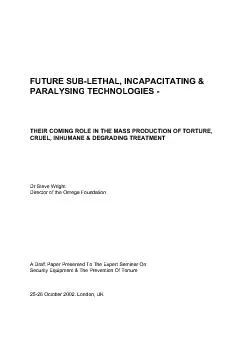



![Schedule A [See sub-clause (i) of clause (a) of sub- (1) of section 7]](https://thumbs.docslides.com/183874/schedule-a-see-sub-clause-i-of-clause-a-of-sub-1-of.jpg)
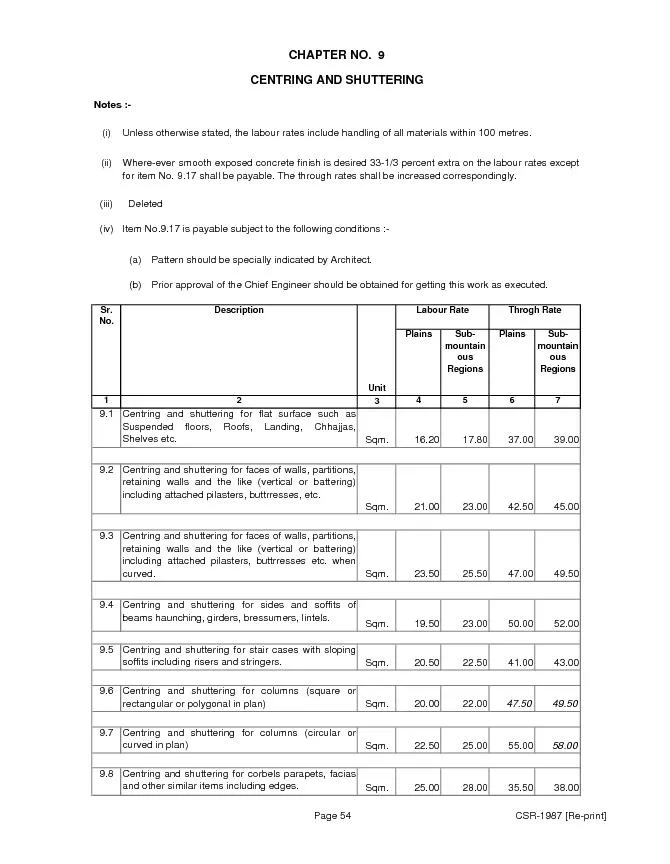
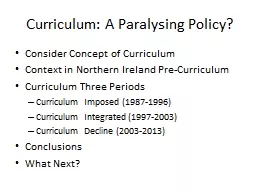

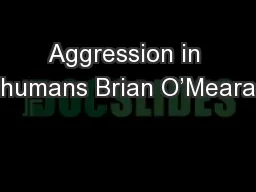

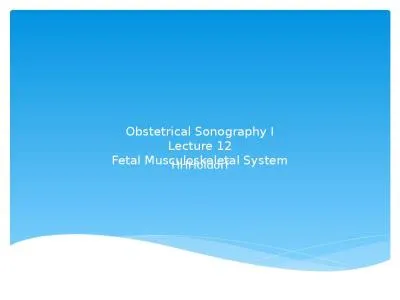
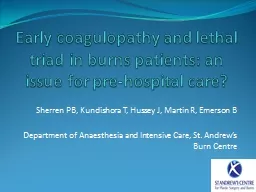

![Download Book [PDF] Texas vs. California: A History of Their Struggle for the Future of](https://thumbs.docslides.com/1019120/download-book-pdf-texas-vs-california-a-history-of-their-struggle-for-the-future-of-america-a.jpg)